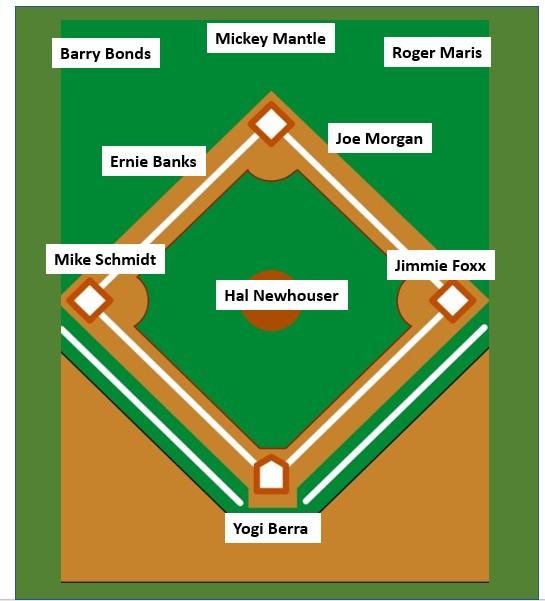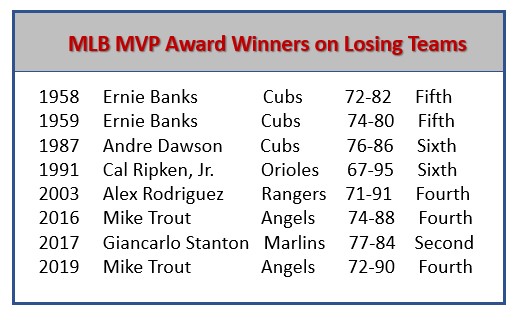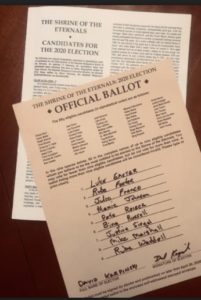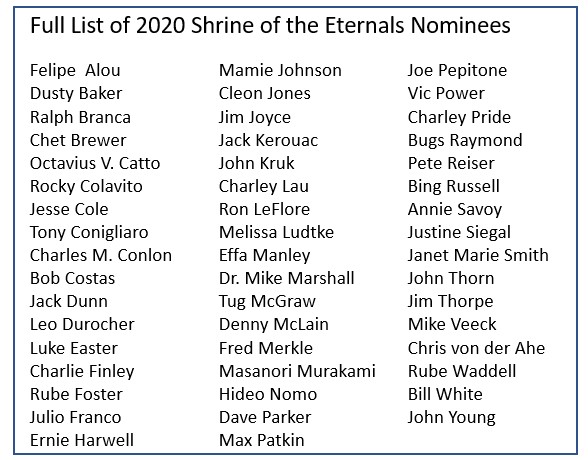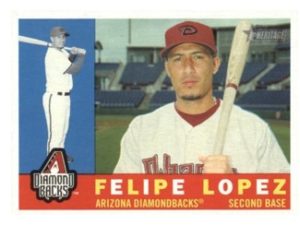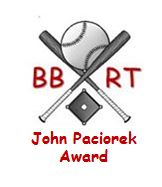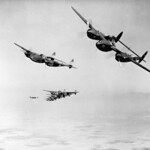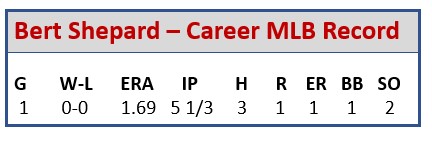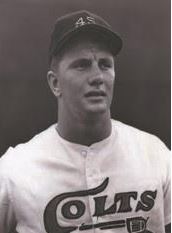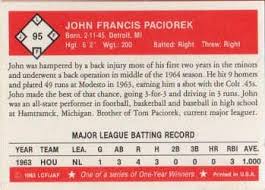Here to help get through the days without live baseball is another Baseball Roundtable trivia question.
Question
Only two pitchers have struck out five straight batters in an MLB All Star Game. Credit yourself with a single if you can name one of them; a double for getting them both; a triple if you know the years; a home run if you can name half of their victims: and a Grand Slam if you can name more than half of the players who walked back to the dugout as a “K” went into the box score.
Answer
Carl Hubbell, 1934 and Fernando Valenzuela, 1986.
Hubbell fanned Babe Ruth, Lou Gehrig and Jimmie Foxx to end the first inning (after giving up a single to Charlie Gehringer and a walk to Heinie Manush) and then fanned Al Simmons and Joe Cronin to open the second.
Valenzuela came on in the fourth and struck out Don Mattingly, Cal Ripken, Jr. and Jesse Barfield and then added Lou Whitaker and Teddy Higuera to open the fifth.
–——————MORE ON FERNANDO VALENZUELA——————————-
I ask the above question primarily because it gives me a chance to reminisce about “Fernandomania” and, perhaps, introduce the flamboyant lefty to some of BBRT’s younger readers who may not be very familiar with his exploits.
And, what was so special about this portly youngster with the funky windup? Well, at this point in the season (April 27, 1981) , Valenzuela had started five games, completed them all and given up just one earned run (for a nifty 0.20 earned run average). But. There was more. While he retained his rookie status in 1981, Valenzuela had appeared in ten games in relief in 1980 (making his debut on September 15) – pitching 17 2/3 innings without giving up an earned run (two unearned). In those appearances, he recorded two wins and a save. So, as of then end of that April 27 appearance, Valenzuela was 7-0 as a big leaguer, with a o.14 earned run average. (Valenzuela , who had signed by the Dodgers – out of Mexico in 1979 – had been called up in September 1980, after going 13-9, 3.10 at Double A San Antonio).
And, his early-career “roll” wasn’t over. Valenzuela won his next two starts (on the road), giving up just one run in 18 innings. Then on May 14, he showed just a tiny bit of vulnerability getting touched for two runs in a 9-2 win over the Expos at Dodger Stadium. So, in his first eight MLB starts, he was 8-0, 0.50, with eight complete games, five shutouts and 68 strikeouts (17 walks) in 72 innings. Fernandomania, Indeed.
When the 1981 season was interrupted by a strike (mid-June), Valenzuela was 10-4 with a 2.45 ERA. He was less dominant after baseball returned in August. Valenzuela went on to went on to a 13-7, 2.58 record in the strike-shortened 1981 season, leading the league in starts (25), complete games (11), shutouts (8) and strikeouts (180). In the process, he captured both the NL Rookie of the Year and Cy Young Awards – the only player to win both awards in the same season.
Valenzuela also showed some talent with the stick, hitting .250 (16-for-64) and winning a Silver Slugger Award as the NL’s best hitting pitcher. He would win a Second Silver slugger Award in 1983, as well as a Gold Glove in 1986.
Over the early years of his career, the lefty seemed to shine particularly brightly in the spotlight.
- In the 1981 post-season, he went 3-1, 2.21 in five starts. For his career, he would appear in nine post-season games, going 5-1, 1.98.
- Valenzuela appeared in five All Star games, putting up a 0.00 ERA, with two walks and eight strikeouts in 7 2/3 innings. In the 1986 All Star contest, he tied Carl Hubbell’s All Star Game record of five consecutive strikeouts.
How Big Was Fernandomania?
In 1981, the Dodgers averaged 48,431 fans in each home game Valenzuela pitched – 7,519 more fans than in Dodger Stadium contests he did not start. (The difference might have been even greater, but 11 of his 12 home starts we sellouts). When on the road, the Dodgers drew an average of 18,981 fans in games Fernando didn’t pitch as compared to 33,272 in his road starts.
By 1988, a heavy) innings workload) and the stress of his devastating screwball had taken their toll on the left-hander and he was less effective over the remainder of his career. His final MLB record was 173-153, 3.54 with 2,074 strikeouts in 2,930 innings pitched. In 17 MLB seasons, he was an All Star six times (1981-86); led the NL in wins once (21 in 1986), strikeouts once, shutouts once, and complete games three times.
Primary Resources: Baseball-Reference.com; “Fernandomania,” The National Pastime (2011), by Vic Wilson.
BASEBALL ROUNDTABLE ON THE TOP 100 BASEBALL BLOG LIST
 Baseball Roundtable is on the Feedspot list of the Top 100 Baseball Blogs. To see the full list, click here.
Baseball Roundtable is on the Feedspot list of the Top 100 Baseball Blogs. To see the full list, click here.
I tweet baseball @DavidBBRT
Follow/Like Baseball Roundtable’s Facebook Page here. More baseball commentary; blog post notifications; PRIZES.
Member: Society for American Baseball Research (SABR); The Baseball Reliquary; The Negro Leagues Baseball Museum.


